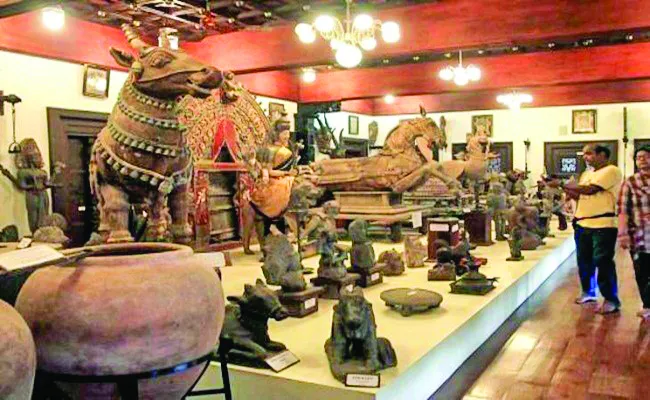This might sound strange, but it’s a fact that we journalists are almost always occupied with election coverage. As one state’s Assembly elections conclude, another state’s polls begin. After that, local body elections start. Statistically, from the first election to 2023, India has seen an average of six elections annually. Let us exclude the first four elections — 1951-52, 1957, 1962 and 1967 — as Lok Sabha and Assembly elections were held simultaneously at the time.
You are aware that with every election, the model code of conduct comes into force, which brings implementation of key administrative decisions to a halt. However, have you ever taken into account the significant economic and developmental costs that this recurrent disruption imposes on the nation? As someone who has experience both as a journalist and a politician, I have had the opportunity to closely analyse the electoral process and its impact on governance. Based on this observation, I firmly believe that it is high time for all political parties, regardless of their ideological leanings, to engage in serious deliberation and reach a consensus on the concept of ‘One Nation, One Election’ (ONOE). While regional parties may have their own perspectives and challenges over this proposal, we must agree that the country’s welfare is far more critical than political interests.
The financial burden of conducting elections in India is escalating at an alarming rate, demanding serious attention and effective cost-control measures. And here, I am not even referring to the expenditure of Rs 50 to Rs 100 crore incurred by the candidates per seat. I am only talking about the official government expenditure. Implementing cost-saving measures would help us use this money for crucial developmental works. Experts believe that holding even Lok Sabha and Assembly elections simultaneously could potentially boost India’s Gross Domestic Product (GDP) by an estimated 1 per cent to 1.5 per cent.
In the 1951-52 elections, there were around 17 crore voters and the expenditure was Rs 10.5 crore — an average of 60 paise per voter. In 1957, the expenditure per voter dropped to 30 paise! However, the 2024 Lok Sabha elections saw this figure rise to around Rs 1,400 per voter. Let me tell you that the Centre bears the cost of Lok Sabha elections while Assembly elections are funded by the respective state governments. If the elections are held simultaneously, all of them could be conducted within the same expenditure or with a small percentage of additional cost. I fail to understand why there is opposition when the maths is so simple. Yes, I agree that extensive groundwork would be required, which is not an impossible task. Currently, Lok Sabha elections are held simultaneously across the country in various phases, so what is the harm in adding state Assembly and local body elections to that process? To those who argue that this would confuse voters, I would like to remind them of elections when Indian voters completely upended established political thinking. Our voters are both aware and alert.
Regional political parties apprehend that a wave in favour of any major political party would adversely affect their prospects in case the state Assembly elections are held simultaneously. I, however, do not share this apprehension as the Indian electorate has demonstrated a clear ability to differentiate between national and state politics. If people trust you then you should have faith that they will not abandon you too.
Moreover, the concept of ‘One Nation, One Election’ (ONOE) is not unprecedented in India. The first four elections were conducted simultaneously. However, subsequent political upheavals and the frequent defections of legislators, popularly known as Aaya Ram, Gaya Ram phenomenon, resulted in the collapse of governments in several states, thereby necessitating separate state Assembly elections at different junctures. Since political parties themselves were the primary contributors to this instability, it is incumbent upon them to find a lasting solution. I can cite numerous examples of countries where simultaneous elections are held. Take the United States, for instance, where elections for the President, Congress and Senate are not only held simultaneously but the polling too is held on the first Tuesday of November every four years. In France, elections for the President and the National Assembly are held together every five years. In Sweden, elections for Parliament, municipalities and even county councils are held simultaneously. The list of other countries holding simultaneous elections includes Canada, Germany, South Africa, the Philippines and Indonesia.
The issue of simultaneous elections in India has now reached the Joint Parliamentary Committee and I am optimistic about it, for this is the need of the hour. Today, we possess various technological tools that can help us make this a reality. While the initial phase may be challenging, it will become easier later and is highly beneficial too! Some people have concerns about potential tampering with EVMs, to which I say, tampering was done with ballot papers too! Is even democracy completely foolproof? I would also like to add that if a good suggestion comes from any party, others should be willing to accept it. Our approach should be one of welcoming new ideas, not opposing them. The denser the fog of mistrust over the political atmosphere, the more detrimental it will be for democracy.
The author is the chairman, Editorial Board of Lokmat Media and former member of Rajya Sabha.













